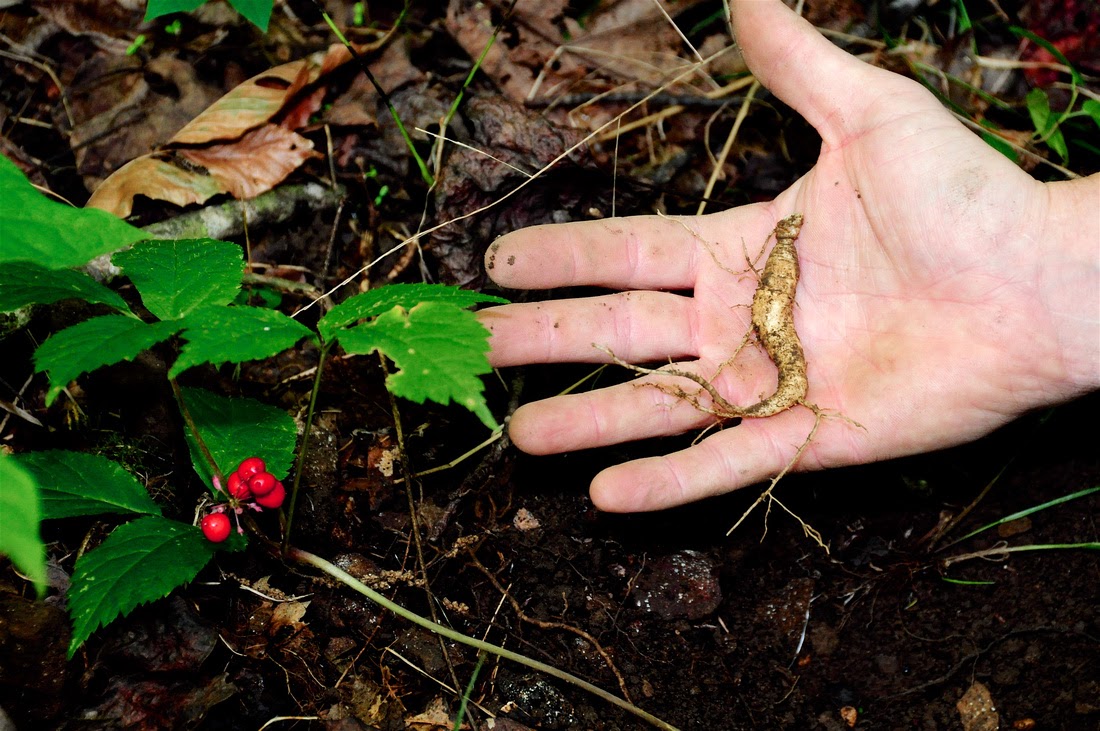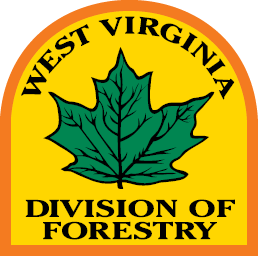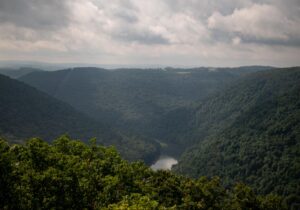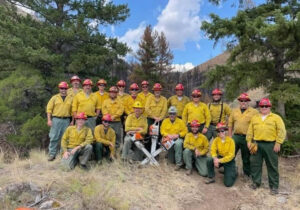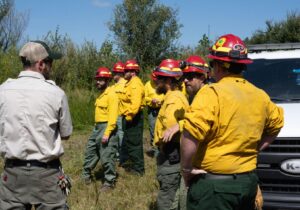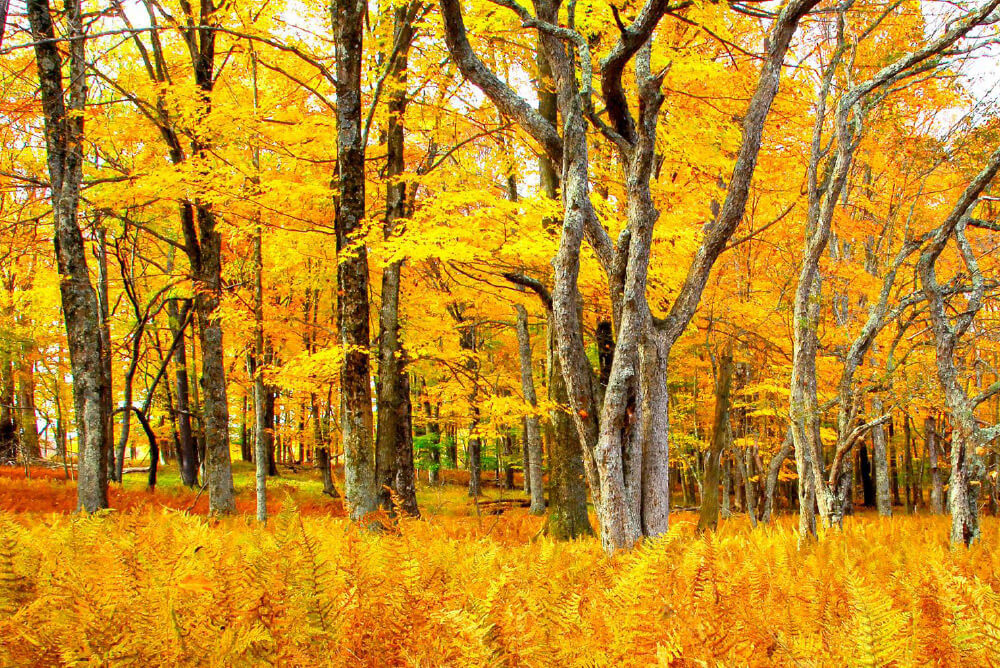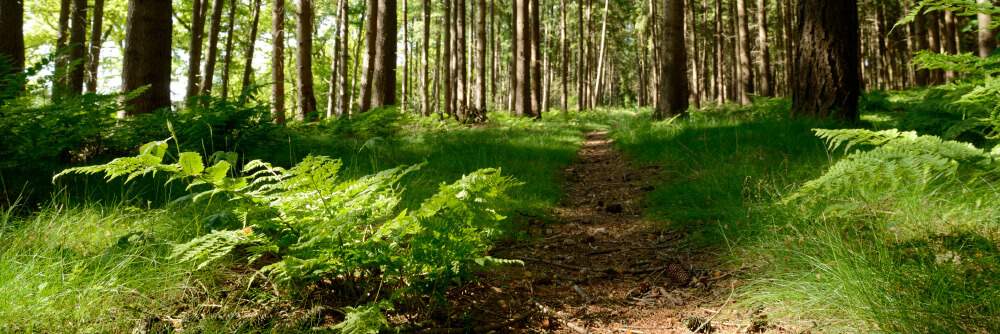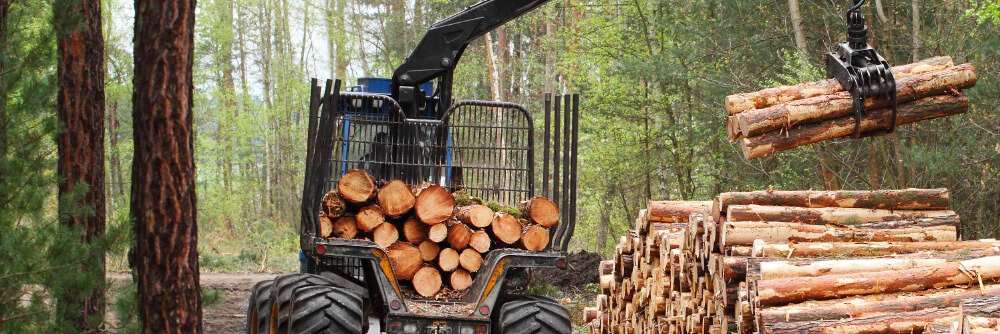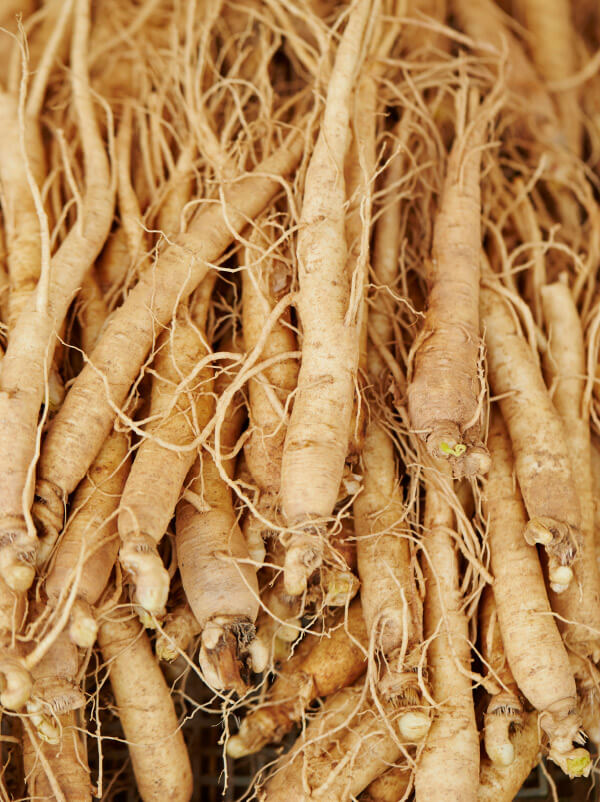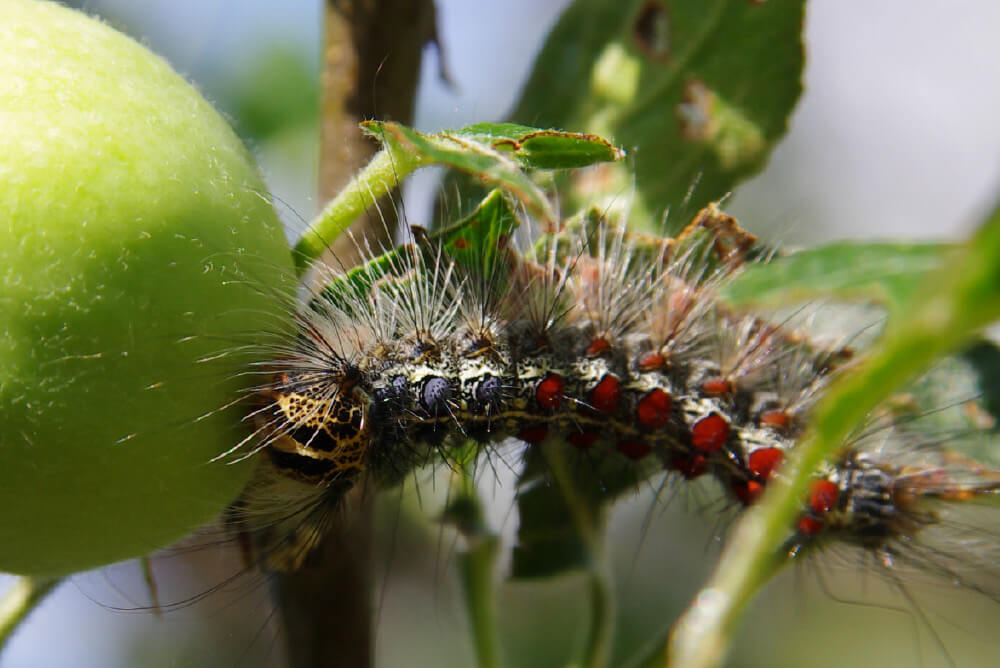People with roots in Appalachia may recall family stories of hunting in the woods for ginseng. Selling the wild herb was a traditional way to pick up a few extra dollars when the household budget was tight.
“Ginseng goes way back in my family,” said West Virginia native Randy Halstead. “My father was a coal miner. But when the mine was shut down or money short, my brothers and I would go with our dad to the woods to hunt ginseng. If you had someone to give you an honest price, you could sell it for $20 or so a pound. You could make enough money to buy food or clothes for your family.
“Sometimes a buyer wouldn’t weigh it; just hold it in his hand, tell you how much he guessed it was and pay you based on that – even if you suspected it weighed more.”
That experience inspired Halstead to resolve to always deal honestly with others. Today he is a certified ginseng dealer and owner of Randy’s in Racine, Boone County, West Virginia. He also founded the Charleston-based Capitol Recycling Inc., now operated by his sons.
The requirements to become a ginseng dealer in West Virginia include:
- A state business license
- Certified scales legal for trade
- State permit, renewed each year
Diggers bring Halstead their finds to weigh on the certified scales.
“I have always weighed accurately and paid people what it was worth,” he said.
If the seller agrees to the price, Halstead makes the purchase. He completes the state and federal reports, documenting how many roots at what weight were harvested in which county by whom.
Halstead did not start out to make ginseng his profession. He worked as a foreman for a coal company for 14 years. When that company shut down, he secured a position with another company.
“They wanted me to do things I felt were not right, not safe for the workers,” he said. “So I left.”
He bought a feed store from owners who were willing to work with him on payment installments. He had a friend in finance who gave him a loan of $1,500 to buy feed and stock the store.
“The first day the store opened, my wife asked how much the store had sold,” he said. “I had to tell her: 40 cents. But word soon got around and we were busy selling bulk.”
In the 1990s, a dealer came through the area looking for ginseng supplies. The dealer asked Halstead to buy ginseng from local diggers and the dealer would buy them on his way back through the area.
“He wrote me a check to buy 50 pounds of ginseng,” Halstead said. “In the first two years, we received nearly 1,700 pounds of ginseng root. As other exporters began seeing my name on ginseng certificates, they started buying from me too. The dealer became a good friend. He died recently, but I still sell to his son.”
Robin Black remembers ginseng as a minor detail in the background of her family life.
“My father used to put roots in the back window of his car and let it dry in the sun over a seven-day period,” she said. “He used the money he got for selling ginseng to pay for whatever he needed.”
Now the herb plays a central role in her career. Black serves as West Virginia Division of Forestry ginseng coordinator, as well as logging assistant. Among her many duties are managing the list of WV DOF weigh stations and the annual permits issued to dealers such as Halstead.
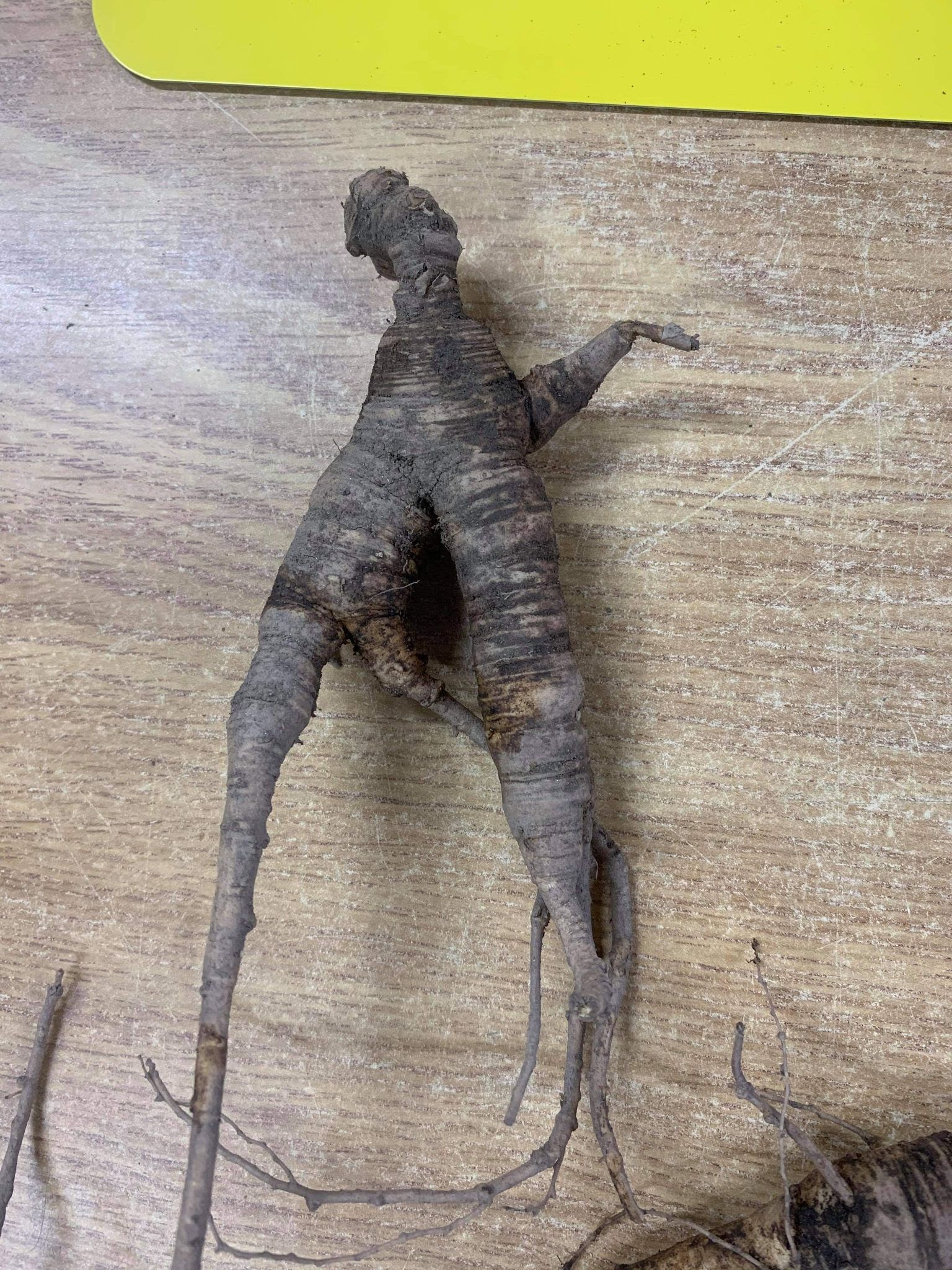
Black directs West Virginia diggers to the ginseng regulations on the WV DOF website . Key regulations include:
- The digging season starts on Sept. 1 and ends on Nov. 30. Digging ginseng at any other time is poaching, a crime. Poaching also endangers wild ginseng’s ability to reproduce, putting the future of the species at risk.
- No ginseng may be taken from West Virginia state forests, state parks or other state-owned land.
- You must have a current forest service permit to dig and collect from national forest lands. You should contact the national forest office in your area regarding ginseng permits and regulations.
- To dig on private property, you must have written consent from the property owner.
- Before you dig, you must make sure the ginseng root is at least 5 years old (at least three prongs with no fewer than 15 leaflets). Also, you can look at the base of the plant stem, where bud scars occur. A 5 year old ginseng root will have at least four scars.
- The plant’s berries must be red, indicating they are mature. By law, you must plant the seeds of the root that you are digging at the site, if not in the hole, from which you took the root.
“The harvest season is set so the seeds can mature and fall off on their own or be planted by the harvester,” Black said. “The only way a ginseng plant can replicate is by seeds. If the seeds are not mature, they will not grow.”
- You will need to present your driver’s license or a government-issued photo card to sell your ginseng.
- You have until March 31 to sell your roots to a registered West Virginia ginseng dealer. A list will be available on the WV DOF website effective Aug. 30.
Prospective ginseng hunters can get details from West Virginia Division of Forestry on the ginseng program from wvforestry.com under the Landowner Assistance heading.
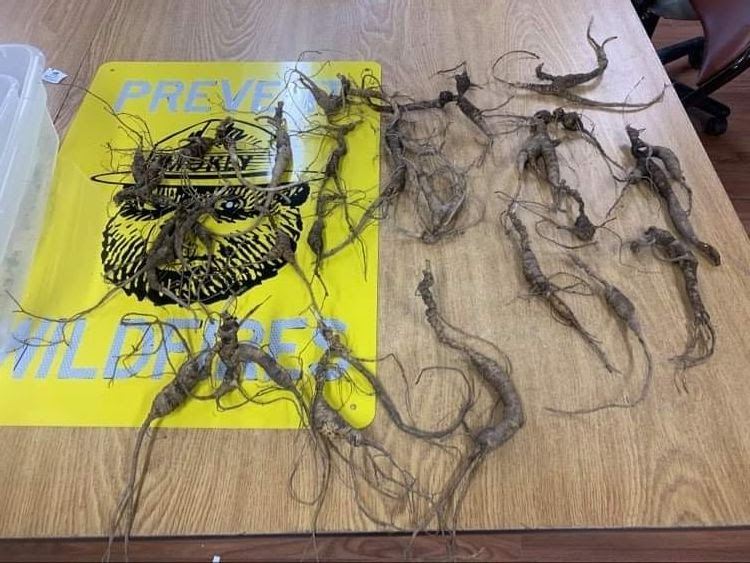
Ginseng falls into four categories, Black said.
Wild: Wild ginseng is the most sought-after — and consequently the most endangered. Planted naturally by its parent plant or seeds dropped by passing animals, the root grows in cool, shaded forests in a temperate climate.
Wild simulated: A grower deliberately plants ginseng seeds in the woods with no prepared bed and no chemical weed, disease, or pest control agents.
Woods-grown: The grower prepares seed beds in shaded woods. These roots grow straighter than wild ginseng.
Cultivated: This ginseng grows in prepared seedbeds with artificial shade. The cultivated ginseng root resembles a white carrot.
Halstead sells his state-certified ginseng in bulk to exporters. The roots are destined chiefly for Asian markets, where the roots are prized as status symbols or for use in folk remedies.
“The big roots are being sold individually for hundreds of dollars and exported to places like Korea or China,” he said.
A popular medicinal herb for centuries, wild Korean ginseng is now nearly extinct in some regions.
“We have had Koreans travel to West Virginia to see how we artificially propagate our ginseng,” Black said. “They hope that maybe they can use those same principals to bring their ginseng back.”
Due to its declining numbers, American ginseng is included in the Convention on International Trade in Endangered Species of Wild Fauna and Flora. The multilateral treaty aims to prevent plant and animal species from becoming endangered or extinct because of trade.
At present, national forests based in West Virginia still allow ginseng hunters who have purchased current permits to dig on designated national forest lands.
Other national forests have found their ginseng populations too depleted for sustainable harvesting. The U.S. Forest Service announced that in 2021, no ginseng permits will be issued for North Carolina’s Nantahala and Pisgah National Forests and the Cherokee National Forest. The herb’s decline is attributed to poaching, overharvesting, and harvesting without planting seeds to produce a new crop.
“I hope wild ginseng is around for generations to come,” Black said, “but for that to happen, we must be good stewards now.”
